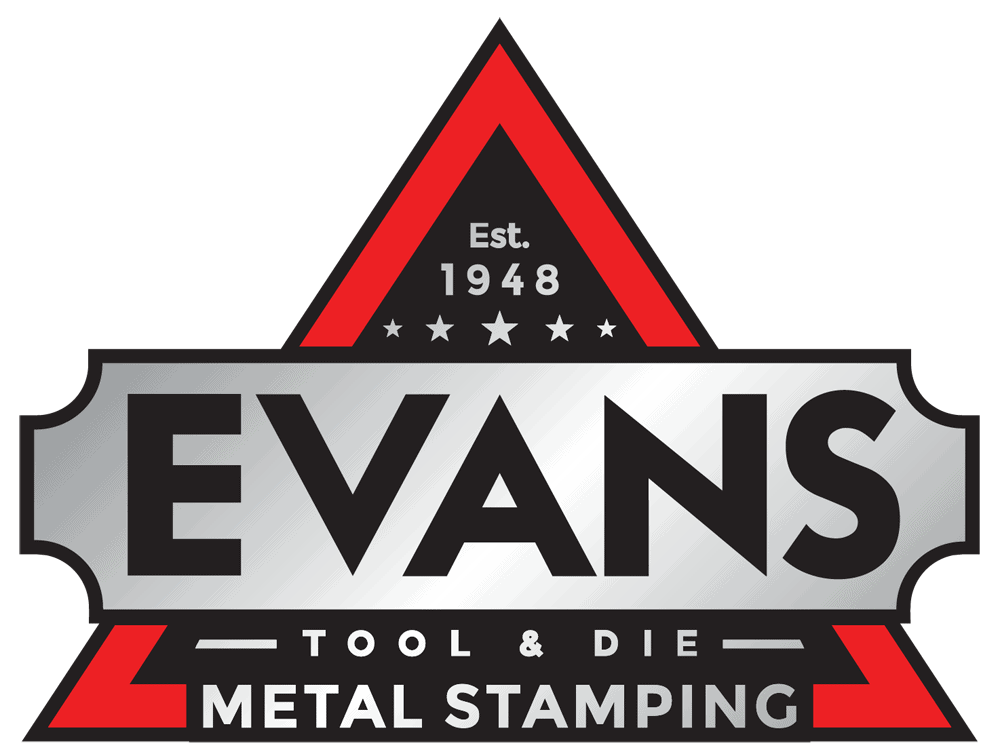Progressive Die Tooling: The Backbone of Efficient Manufacturing
Progressive die stamping is a versatile and efficient manufacturing process for many industries. Custom tool and die sets are engineered to stamp parts from metal strips as they feed through a press.
Here, we’ll look at the progressive stamping process, the components that make up progressive die tooling, and the benefits this process offers for OEMs, their suppliers, and aftermarket manufacturers.
What is Progressive Die Tooling?
Progressive die stamping is the process of creating intricate metal parts or components by stamping them from strips of metal. Complex tool and die sets, also called tooling, are mounted inside the stamping press and sit above and below the material to be stamped, usually a narrow strip of metal that is rolled into a large coil.
The idea behind progressive stamping is that each operation required to create a finished part is laid out in sequence in a single tool and die set. The strip advances with each stroke of the press, and it stops and is struck at each station. After each stamping passes through all of the stations, they are complete with all features formed. Parts can be designed to remain attached to the carrier strip or knocked out and collected in a bin.
With this process, new parts are begun and completed with every strike of the press, so production is continuous and rapid, up to hundreds or more strokes per hour.
All of the part’s features are formed by carefully designed tool and die sets made from hardened tool steel or other durable metals. Upper and lower die plates (also called die shoes or sets) form the base for attaching all the tooling and dies that perform each operation. These include:
- Punches and Buttons: Punches are steel tools in various diameters, lengths, and nose shapes to make features in different sizes and depths, including holes and perforations. Buttons sit opposite of the punches and make contact with them when the press closes and the material is punched through.
- Springs: Mechanical or pressurized nitrogen gas springs hold the material in place and assist in opening the press on each stroke
- Guide Pins and Bushings: Rods and corresponding cylinders help align the upper and lower plates and other tooling to improve accuracy and hold tolerances.
- Plates, Jigs, and Mandrels: Tooling designed to form bends to precise angles.
Importance of Prog Die Components to Manufacturers
Progressive stamped parts are often components that go into larger assemblies, or function to secure or connect critical components. This means all parts must meet tolerances and there can be little variation between batches or individual stampings.
Part quality has a cumulative effect, and if a stamped part doesn’t fit or function as designed, the rest of the assembly or system suffers.
Some common examples of stamped parts include:
- Clips, Tabs, Brackets
- Small Plates
- Fasteners
- Flanges
- Small Lids or Covers
- Complex or Intricate Components
Progressive stamping works with material as thin as foil up to a half inch or more in thickness. Many grades of steel and alloys, aluminum, copper, brass, and bronze can be stamped with excellent results.
Benefits of Progressive Die Tooling and Stamping
Because progressive die tooling is custom-designed and built for each stamping project, stamping offers many benefits to manufacturers such as:
- All Forming Operations in a Single Machine: There is no need to move between presses because the process moves from metal strips to completed parts as it travels through the machine. This means less handling and labor.
- Self-Contained Tooling: All of the tooling and dies are attached to the plates inside the press so there is no changeover or adjustments to the tooling during stamping.
- Long Service Life: Tooling and dies are usually built with tool steel or other hard, durable metals. With proper maintenance, they can last for thousands or millions of cycles. This is especially beneficial to companies that enter long-term or extremely high volume contracts, or those who have vendor-managed inventory (VMI) agreements with their stamper.
- Fast: Progressive stamping presses move rapidly, with a newly completed part ejected with each stroke of the press until the batch is completed.
- Highly Repeatable for Very Consistent Parts: The continuous feed of the material through self-contained tooling means variation from part to part and from batch to batch is minimal. The result is consistent quality and less scrap than other methods.
- Custom Tooling and Dies to your Design: Stampers that offer in-house tooling and die design and manufacturing have a full understanding of your goals for the part and its end use. This comprehensive, end-to-end solution reduces the risk of miscommunication over the course of the project.
Why Choose Evans for Tool & Die Services
Evans Tool & Die provides comprehensive progressive stamping services including engineering and design support, in-house tool and die building, stamping, and tooling maintenance. Our press capacities range from 30 to 1,000 tons, with speeds up to 1,200 strokes per minute. Additional capabilities include laser cutting, metal fabrication, welding, finishing, and machining. We are an ISO 9001:2015 quality certified manufacturer.
Learn more about our tool and die services or contact us today for a quote.

